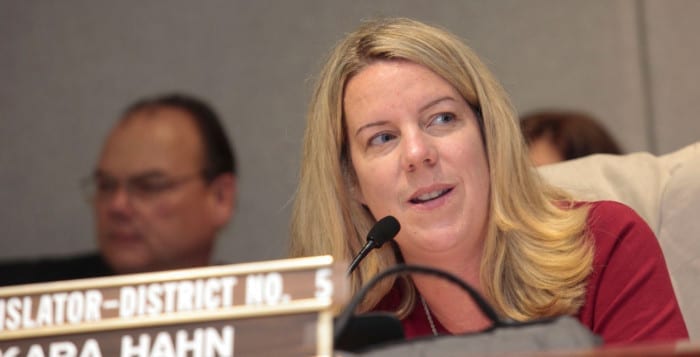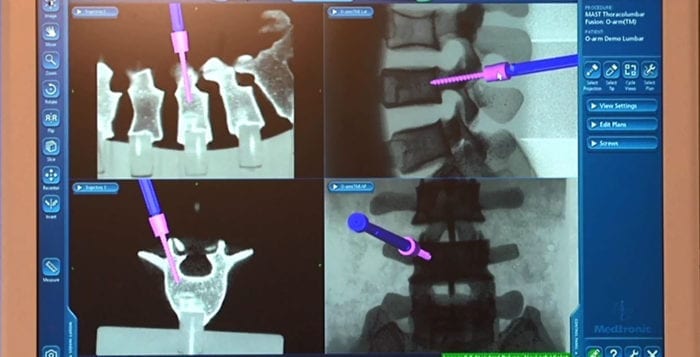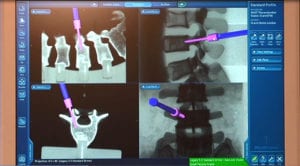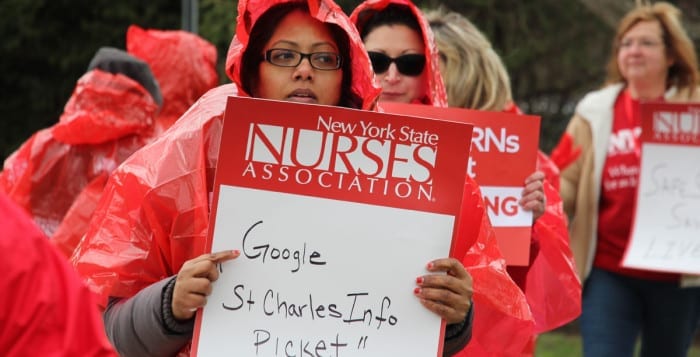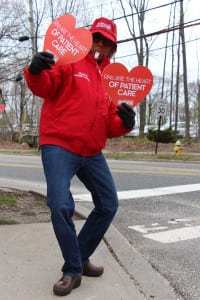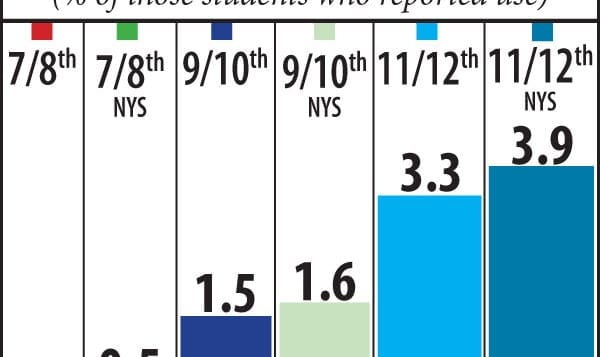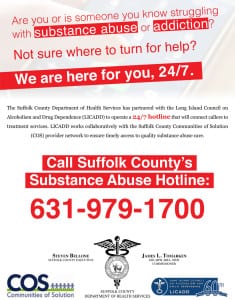By Alex Petroski
The pain of losing a child may never go away, but it can be soothed by the support of others who know what it is like. Parents will have that opportunity on May 7 when the Hauppauge-based nonprofit organization Angela’s House, which was founded in 1992, hosts the first Angel of Hope: A Walk to Remember.

The walk will take place Mother’s Day weekend at Eisenhower Park in East Meadow, where the nonprofit’s Angel of Hope statue has stood since 2008 as a comforting symbol to parents who have lost children.
Angela’s House assists families caring for children with special health care needs that are medically fragile, chronically ill or living with a life-threatening illness, according to their website. Founder and Executive Director Bob Policastro said the event would be a nonreligious, yet spiritual gathering.
“I would say different from our support group or even a counselor, the difficulty of those environments [is] you have to be ready and have to talk about your pain and that kind of brings about peace as you talk it through,” Policastro said in a phone interview Friday about the walk and what those interested in attending should expect. “This one I feel has kind of an easier tone to it in the sense that you’re coming to a ceremony and the comfort of seeing others that have also gone through all of this will give people great peace knowing that they’re not alone. They can talk to people if they want to but if they don’t want to that’s fine.”
The purpose of the event is not to raise funds, according to Policastro, though there is a $25 charge per person to participate.
Policastro said the date was a strategic choice by Angela’s House trustees and volunteers.
“Mother’s Day is always one of those potentially difficult times of the year,” he said. “That will be a good way to kind of help try to bring them peace, almost like a support group. To get together and be around others that have also experienced loss, it’s very comforting.”
Policastro and his wife Angie started the foundation after the death of their daughter Angela. The Angel of Hope is a reference to the book “The Christmas Box” by Richard Paul Evans in which a character frequently visits the grave of her daughter, which is marked with an angel statue. Statues like the one in Eisenhower Park popped up across the country after the release of the book in 1993, Policastro said. He was instrumental in bringing the statue to Eisenhower Park.
The walk is less than a mile long and will follow a path around Salisbury Lake in the park, concluding at the statue. The New Apostolic Church and the Willow Interfaith Woman’s Choir will lead those in attendance in a song, and a nondenominational spiritual ceremony will also be held.
Those seeking more information are instructed to visit www.angelashouse.org/angel-of-hope/.



